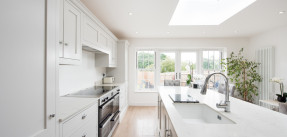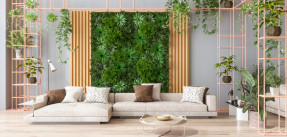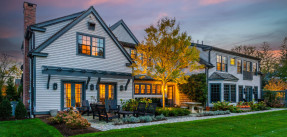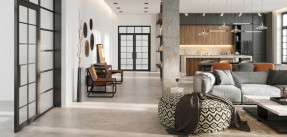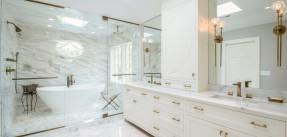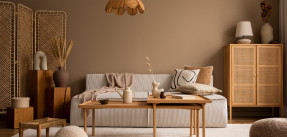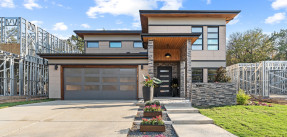Get the news delivered to your inbox by subscribing to the Navigate With NAR email.
Latest News
Latest News
From induction ranges to faucet aerators, there are many ways to boost a kitchen’s sustainability score.
Today’s consumers want sustainable homes. Here are some eco-friendly living room solutions that go beyond “reduce, reuse, recycle.”
Knowing what furniture choices and layouts work best to accommodate different generations and their interests can help everyone feel welcomed and comfortable.
Weatherization, also known as weatherproofing, protects a home’s interior from outdoor elements, moisture and extreme temperature fluctuations.
From textured walls to industrial-style flooring, concrete makes an excellent choice for eco-conscious clients searching for high style and low maintenance.
Bathrooms are getting smaller, but that doesn’t mean they skimp on amenities. Smart tech, comfort and spa-like serenity still set the tone.
Designers and stagers are finding ways to offer people who work from home more versatility than a dedicated workspace often provides.
Search REALTOR® Magazine





